
Johann Georg Wagler was a German herpetologist and ornithologist.
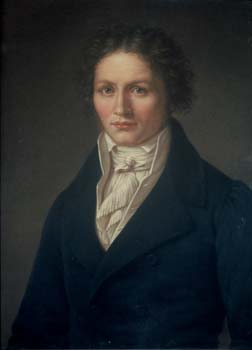
Johann Baptist Ritter von Spix was a German biologist. From his expedition to Brazil, he brought to Germany a large variety of specimens of plants, insects, mammals, birds, amphibians and fish. They constitute an important basis for today's National Zoological Collection in Munich. Numerous examples of his ethnographic collections, such as dance masks and the like, are now part of the collection of the Museum of Ethnography in Munich.

Carl Friedrich Philipp von Martius was a German botanist and explorer. Between 1817 and 1820, he travelled 10,000 km through Brazil while collecting botanical specimens. His most important work was a comprehensive flora of Brazil, Flora Brasiliensis, which he initiated in 1840 and was completed posthumously in 1906.

Georg August Goldfuß was a German palaeontologist, zoologist and botanist. He became a professor of zoology at the University of Erlangen and later at the University of Bonn. He coined the terms "protozoa" and "pelecypoda".

Gotthilf Heinrich von Schubert was a German physician, naturalist and psychologist.

Alexander Carl Heinrich Braun was a German botanist from Regensburg, Bavaria. His research centered on the morphology of plants and was a very influential teacher who worked as a professor of botany at the universities of Freiburg, Giessen, and Berlin at various times. He was also the director of the Berlin Botanical Garden.

Karl Georg Friedrich Rudolf Leuckart was a German zoologist born in Helmstedt. He was a nephew to naturalist Friedrich Sigismund Leuckart (1794–1843).

Carl Eduard Adolph Gerstaecker was a German zoologist, entomologist and professor at the University of Berlin and then the University of Greifswald.

Historia naturalis palmarum: opus tripartitum is a highly illustrated, three-volume botanical book of palms (Arecaceae) by German botanist Carl Friedrich Philipp von Martius. The work is in Latin and was published in imperial folio format in Leipzig (Lipsiae) by T.O. Weigel, volume one in 1823 and the final volume in 1850. It includes more than 550 pages of text and 240 chromolithographs, including views of habitats and botanical dissections.

Gustav Kunze was a German professor of zoology, an entomologist and botanist with an interest mainly in ferns and orchids.
Moritz August Seubert was a German botanist.
Georg Adolf Suckow sometimes Adolph was a German physicist, chemist, mineralogist, mining engineer and naturalist. Suckow was a professor of physics, chemistry, and natural history at the University of Heidelberg. He wrote many books and articles on chemistry, botany, zoology and mineralogy. From 1808 he was a Member of the Bavarian Academy of Sciences and Humanities. His son Friedrich Wilhelm Ludwig Suckow (1770–1838) was also a naturalist.
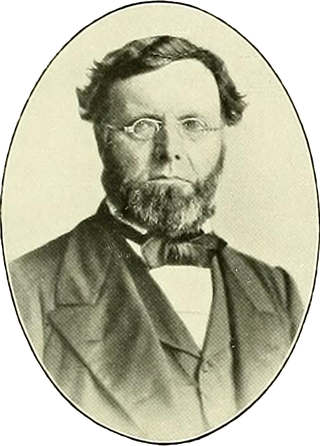
Carl Heinrich Schultz was a German physician and botanist, and a brother to botanist Friedrich Wilhelm Schultz (1804–1876).
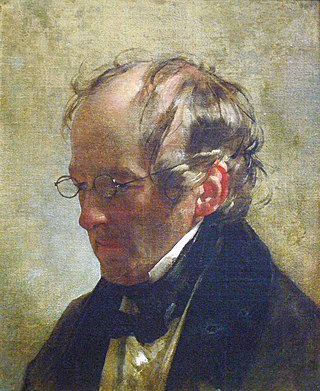
Carl Christian Vogel von Vogelstein, born Vogel, was a German painter.

Lorenz von Westenrieder was a well-known author and historian in Bavaria and a critic of the Elector Karl Theordor and supporter of Maximilian IV Joseph. There are several memorials to him in Munich.

Joseph August Schenk was an Austrian-born, German botanist and paleobotanist.

Carl Friedrich Wilhelm Duncker was a German publisher and bookseller. He played an important part in the early creation and growth of the publishing firm which became Duncker & Humblot, more recently the publishers of the Neue Deutsche Biographie, a biographical dictionary.
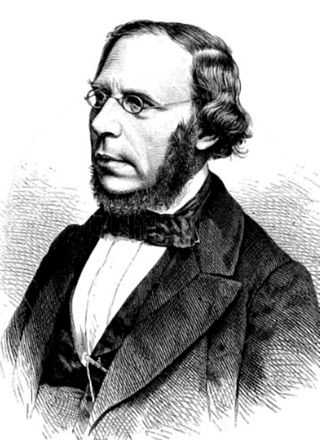
Carl Alexander von Martius was a German chemist and entrepreneur.

Friedrich Gustav von der Leyen was a German philologist who specialized in Germanic studies.
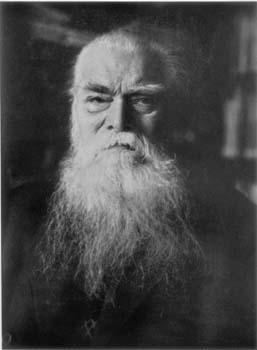
Karl Konrad Ferdinand Maria von Amira was a German jurist who served as Professor of Constitutional Law at the Ludwig Maximilian University of Munich. He was a known expert on early Germanic law.


















